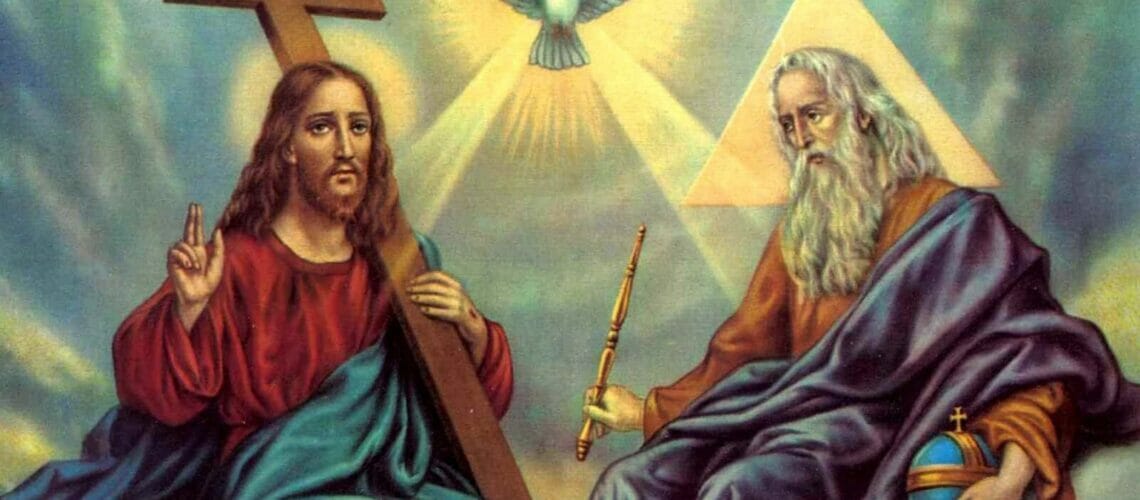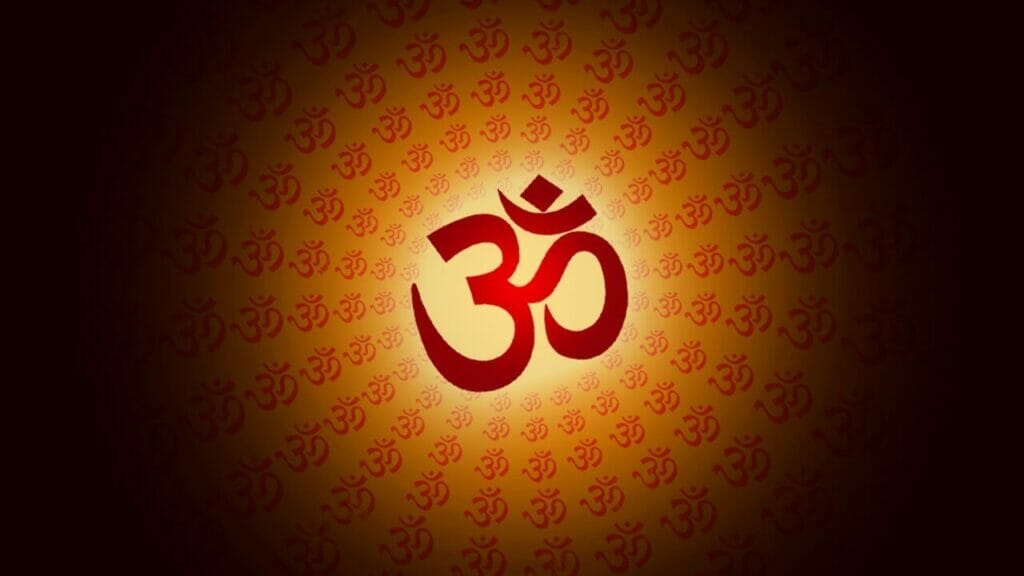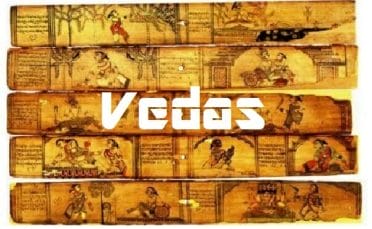

To avoid misinformation regarding the origin of the Doctrine of Trinity, I must say a few words.
The Vedas view the Doctrine of Trinity, as it was known by our Vedic sages, wise and enlightened from centuries. This doctrine appears to have travelled on from India to Egypt, Greece, and other places.
Jesus Christ, though born in Bethlehem in Judea, spent his childhood in Egypt. He received his spiritual education in Egypt.3 Saint Paul called him a High Priest after the order of Melechisedec4. Having returned from Egypt, Jesus Christ preached to his disciples and people of Judea about the Doctrine of Unity in Trinity and Trinity in Unity. The doctrine appears to have been understood, to some extent by his followers, but from time immemorial it has apparently remained a mystery.
The Christians of the present day or others are really at to account for their strange doctrine of ‘Three in One and One in Three’ and this doctrine it may be said, will ever rem in unintelligible to many of us, until we will kneel at the feet of Jesus or our Vedic philosophers and learn from them the mystery about ‘The Fourth’ which is the real Entity and of which the others are mere manifestations. If we keep in view ‘The Fourth’, the Doctrine of Trinity is comprehended.
The three persons of the Christian Trinity are the manifestations of the One (Real Entity), and the One (Entity) is manifested in three. On the other hand, we believe that the three personages of the Trinity – the Father, Son, and the Holy Spirit, are three separate Entities. Then three cannot be one and one cannot be three. If anyone would say that the three Entities unite and form one, then this one, a compound of the three will be a fourth, different from each of the other three entities.
The very thought of three in one and one in three is impossible without existence of a fourth. If there is not a fourth, the only combination that can be formed out of three, will be two in one and one in two.

The three persons of the Christian Trinity are the manifestation of oneness of ‘Real Entity’. Three is sacred number in Veda, in astronomical star alignment, and in pagan religion too. In other words, that ‘Trinity’, as it is described by Virata or Infinite (Gross Manifestation of the Universe), Hiranyagarbha (Subtle Manifestation of the Universe), and Ishwara (Unmanifested Universe). It is also represented with the sacred word of manifestation ‘AUM’.
Our ancient Vedic philosophers and sages believe in the three manifestations of a singular Almighty, respectively as Brahma the creator, Vishnu the Protector, and Shiva the Destroyer. In other words, that Almighty described as Virata or Vishwanara (Gross Manifestation of the Universe), Hiranyagarbha (Subtle Manifestation of the Universe), and Ishwara (Unmanifested Universe). The ‘Fourth’ of which all the three are manifestations and is called Atama (the all-pervading) in Sanskrit.
As Atma appears to us in the three manifestations, the ancients regarded the numeral three as a sacred number. To worship the Atma together with its three combinations, the Vedic followers made a symbol of it. This symbol is represented by the ‘Sawstika’ or more briefly the ‘Cross’ and gave it the name of Ganesha or Lord of all Deities.

This mark represents four parts which involve and evolve whole Universe, three of them resting on the fourth and the fourth supporting the other three namely, Virata or Vishwanara means gross manifestation of the Universe, Hiranyagarbha means subtle manifestation of the Universe, and Ishwara means Unmanifested Universe. The fourth of which is manifestation, also known as Atma (Spirit or Soul) in Sanskrit – the all-pervading
On all sacred and ceremonial occasions, Swastika figure was invariably drawn out, and worshipped as the foremost deity, and was always assigned the first place among the Gods in the order of their worship. This is done by the Vedic followers or followers of Hindu deities to the present day.
This symbol has is also used by the Christians as signifying the Cross on which Jesus Christ was crucified. It is not only a mark of cross, but a symbol of the Three above manifestations of the Divine Entity. The figure itself is a solution of the different manifestation of Trinity, and although every Christians recognizes this symbol, the Fourth was well understood by Christ with the doctrine of Trinity, which he understood by his faith alone and light of his eternity.
Get information to support your Ayurvedic lifestyle! Ayurved Sadhana will continue adding more blogs, herbs, health tips and recipes through Facebook and Newsletter below. If you have any questions, please send email to info@ayurvedsadhana.com
